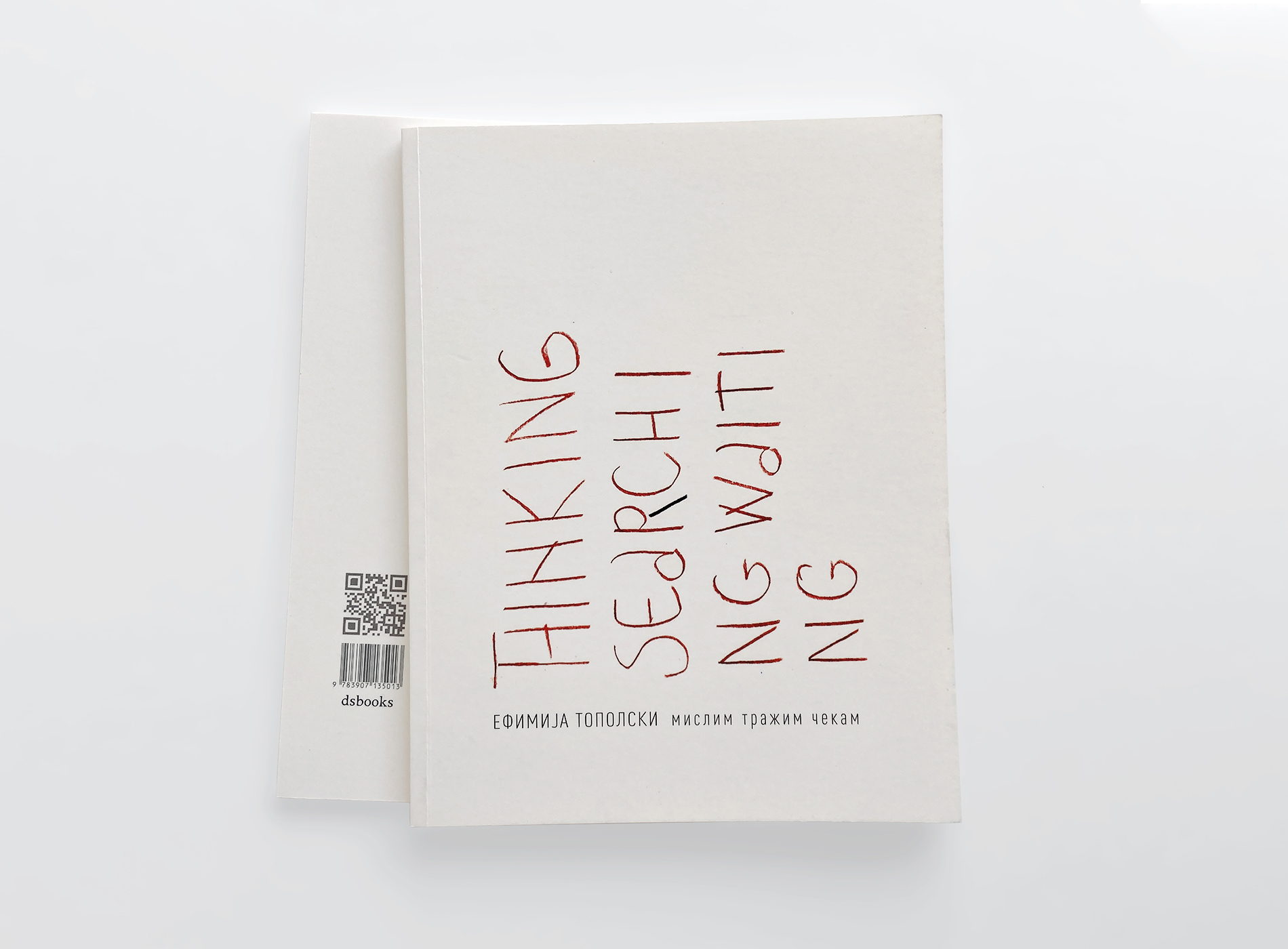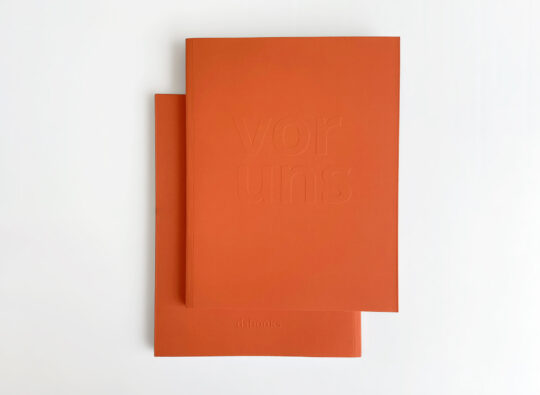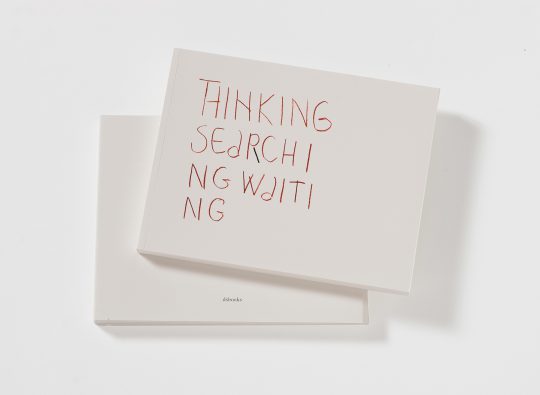MISLIM TRAŽIM ČEKAM

Price 12,00 CHF
Serbian translation of the exhibition catalogue “Thinking Searching Waiting” issued in May 2018 on the occasion of the eponymous exhibition of Efimija Topolski that was held in Basel
Overview
Serbian translation of the exhibition catalogue “Thinking Searching Waiting”, issued in May 2018, in the German along with English translation, on the occasion of the eponymous exhibition of Efimija Topolski that was held in Basel
Book information
Book Details
Title:
Thinking Searching Waiting
serbian translation of the exhibition catalogue / prevod kataloga
Publisher:
Dušan D. Stefanović
Editor:
Dragana Radivojević
Text:
Theo Schäfer: THINKING SEARCHING WAITING (introduction text); Denise Ellenberger: The Intimate and the Public (catalogue essay), dsbooks: biography and bibliography of Efimija Topolski /Teo Šefer, MISLIM TRAŽIM ČEKAM (uvodni tekst); Deniz Elenberger, INTIMNO I JAVNO, o izložbi Mislim Tražim Čekam Efimije Topolski (kataloški esej), kratka biografija; dsbooks: biografija i bibliografija Efimije Topolski
Translation:
Bojana Denić
Editing:
Marija Lazović
Language:
Serbian (Cyrillic)
Edition:
2019, 1st edition, 150
Number of pages: 48
Format: 22 x 17cm
Paper: GardaPat Klassica (1st edition), 150gr
Book Cover Drawings: Efimija Topolski
Design and Concept: Dragana Radivojević
Print: Alta Nova, Belgrade 2019
ISBN 978-3-907135-01-3
Content List
Introduction, portrait: THINKING, SEARCHING, WAITING, Theo Schäfer, pp 7-13 / The Intimate and the Public, Denise Ellenberger, p.p. 15-37 / Biography p.p. 38-45 /
About the Artist
The three-decade-long creative career of Efimija Topolski (born 1965 in Belgrade as Jasna Topolski) largely took place away from the public eye. A Serbian artist Jasna Topolski had already enjoyed many years of success and completed a Masters at the Academy of Fine Arts, when in 1992, aged 26 and with a promising art career ahead of her, she retreated from society and entered the Christian-orthodox Monastery of Gradac, becoming Mother Efimija.
Even away from the world Efimija never ceased to be an artist. In Gradac, she found life-affirming forms for the otherworldly Byzantine icon painting. At the same time, she painted walls and iconostases of famous churches or monasteries. She also sketched and painted ceaselessly in notebooks, diaries and on paper of every kind, and in doing so reflected not only her life in the deeply traditional context of the monastery but also reacted to the modern, urban world outside.
As her work to date encompasses both pieces anchored in religion as well as these works which project existential feelings beyond a location in the monastic or worldly spheres, the artist defies standard categorisations.





